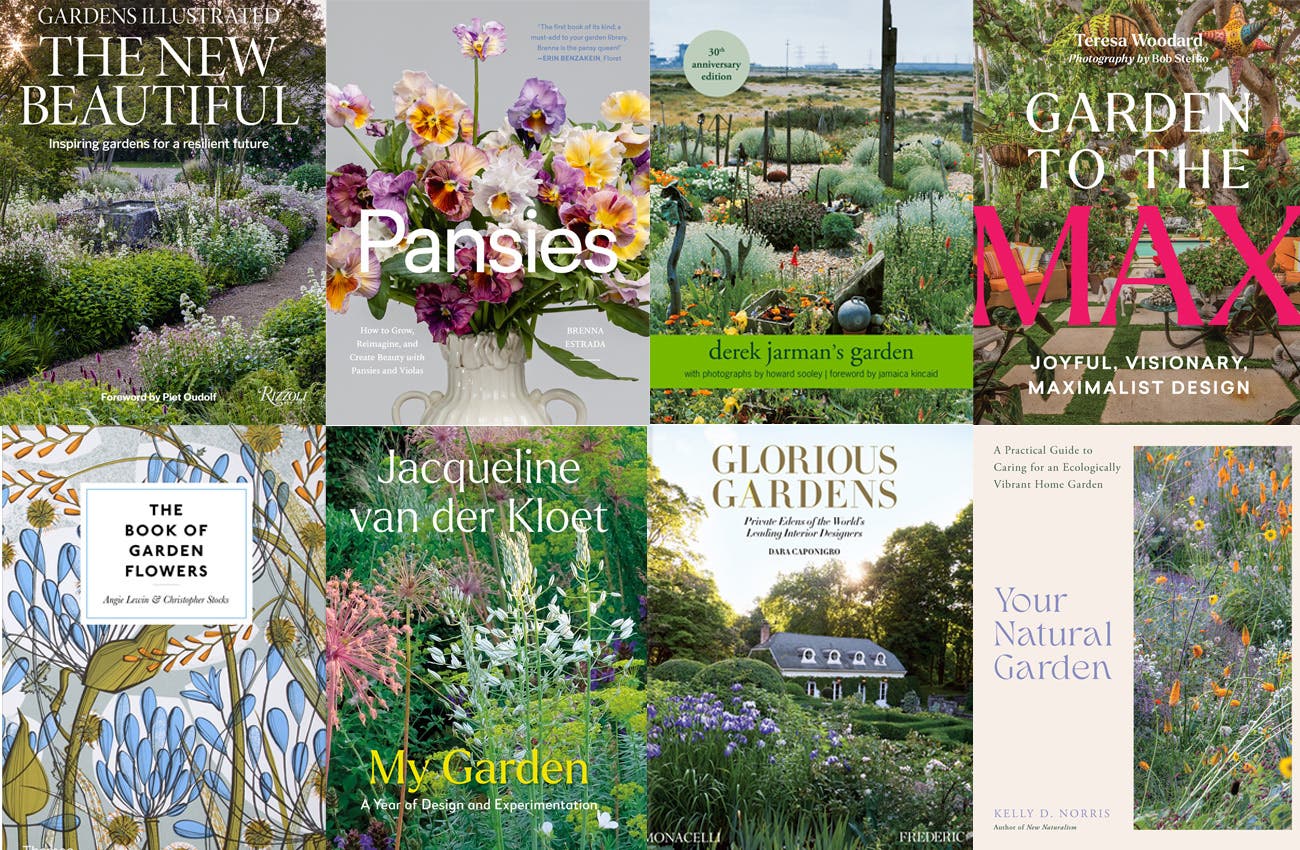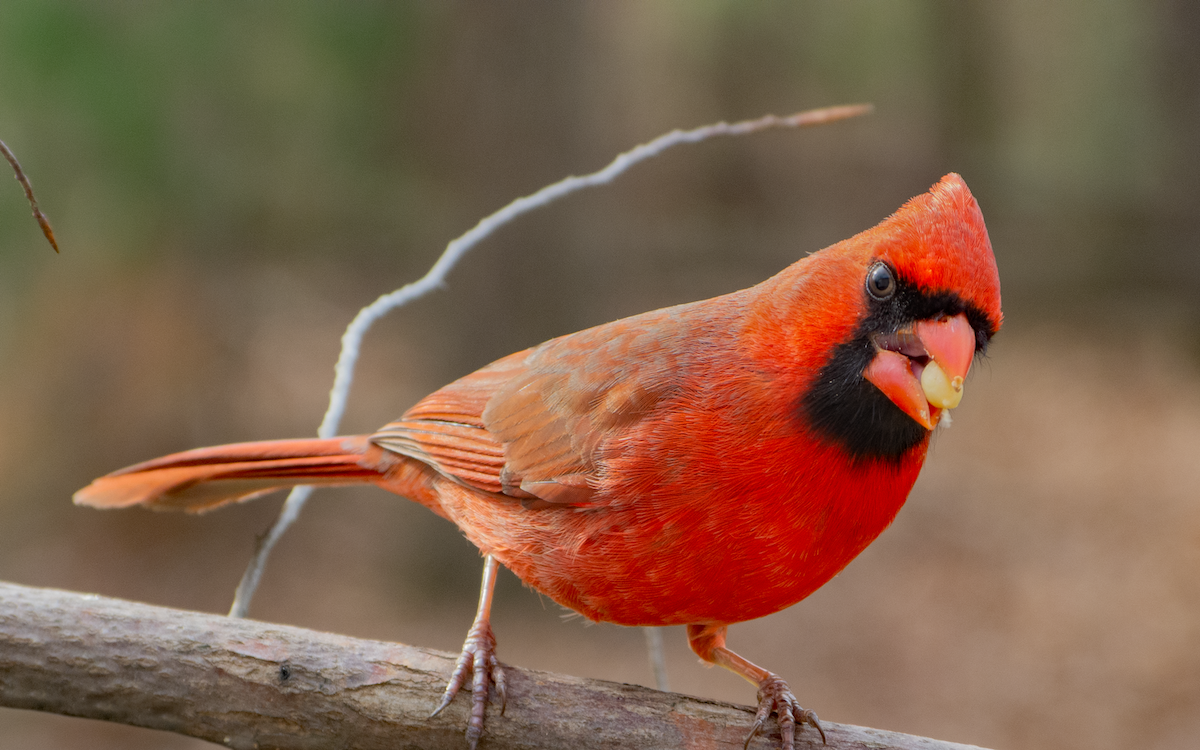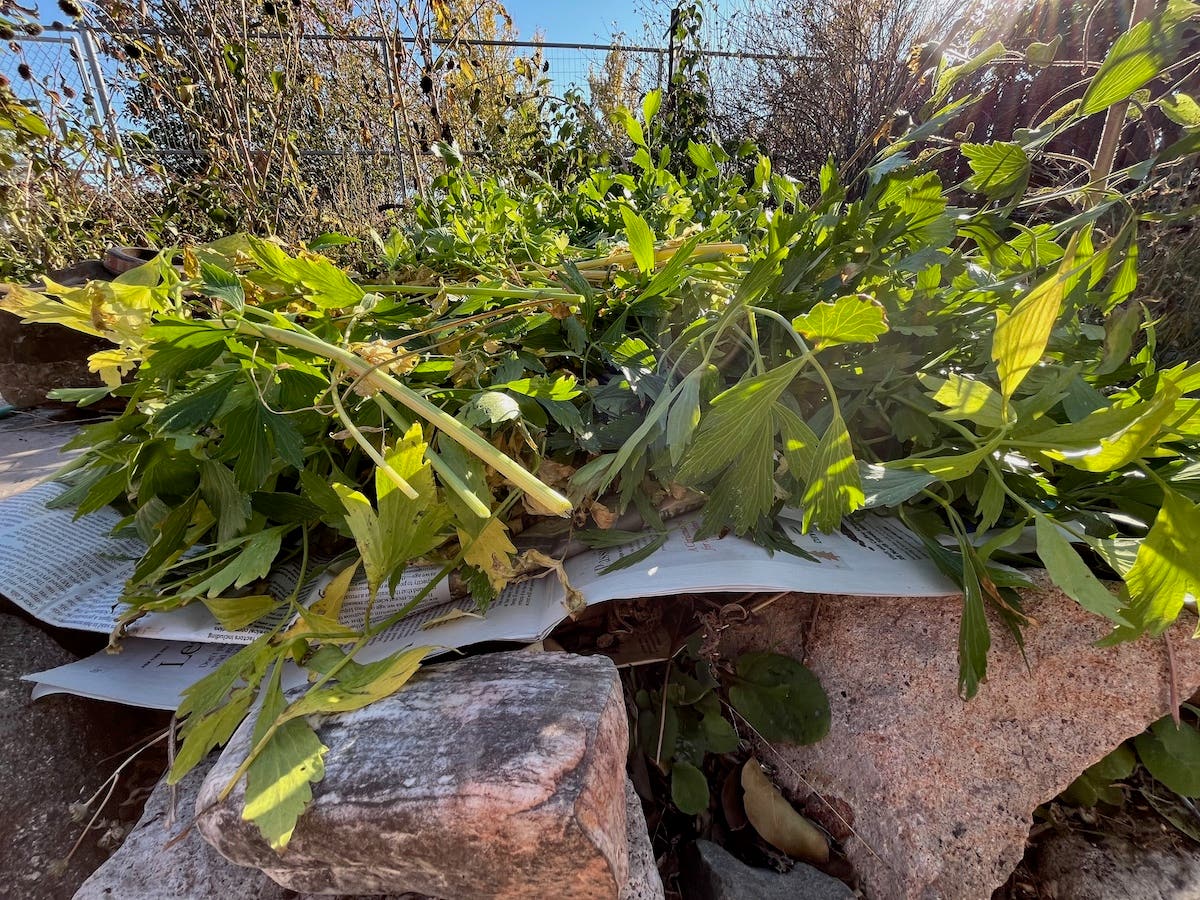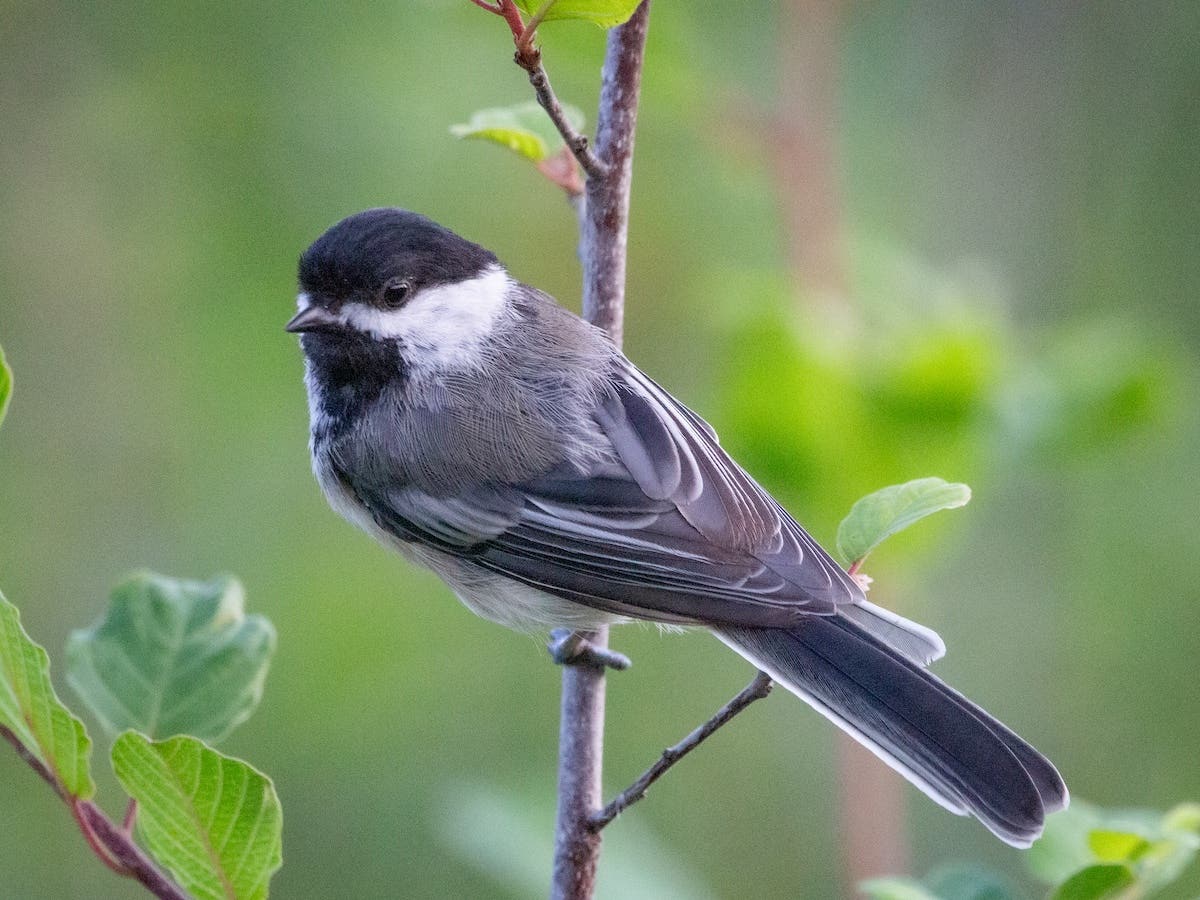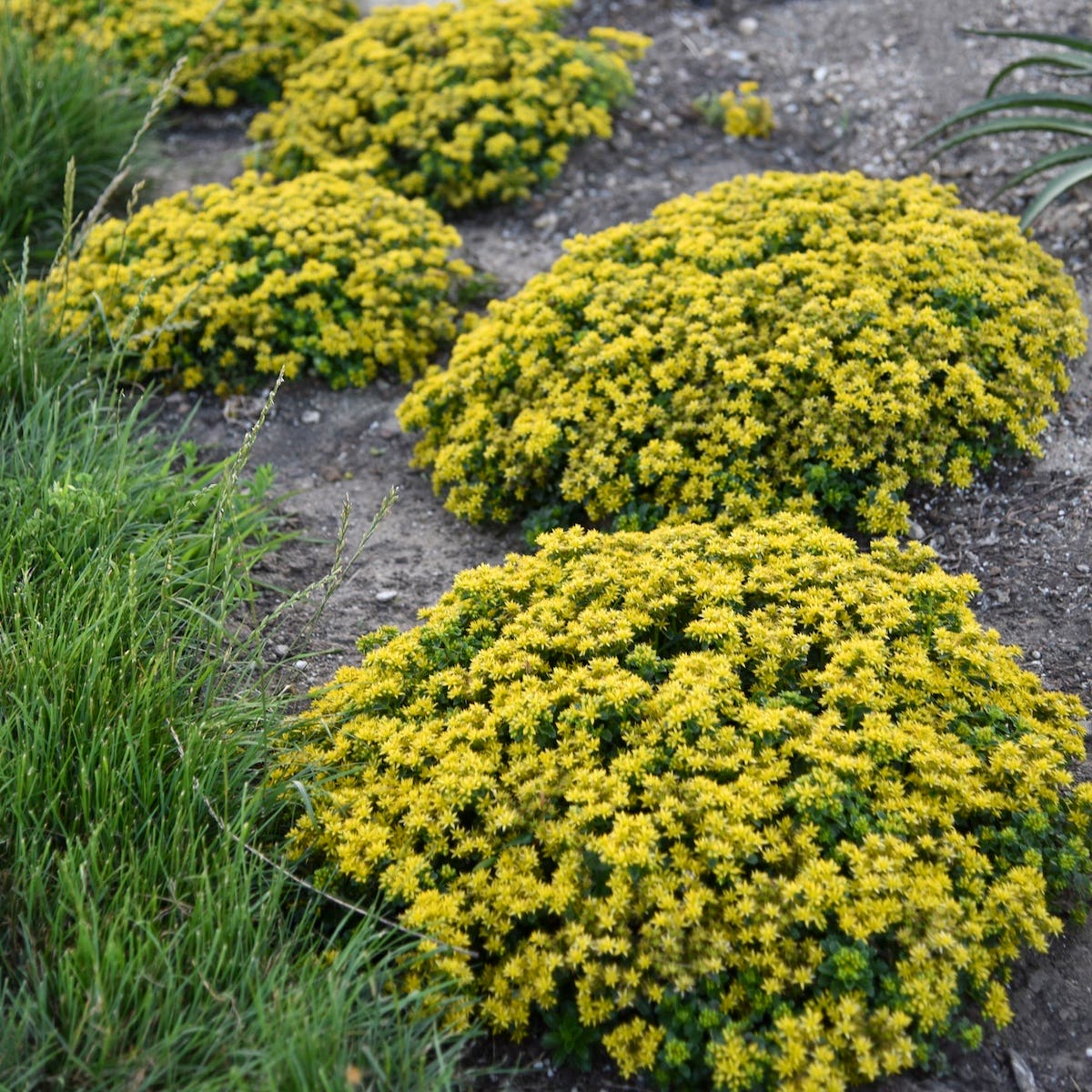10 Steps to an Even Better Garden
Smart & simple ways to keep growing!
My dad used to say stuff like, “If it’s worth doing, it’s worth doing right.” Back when I cut his grass, I hadn’t fully bought in. But by middle age, I realized he might have been on to something. Take gardening: You put a lot of blood, sweat and tears into it. Not messing it up should be a priority.
The problem is, gardening is hard! Variables come from every direction: weather, pests, pestilence, our own capricious decisions. Moreover, to fully master gardening, a person must be equally adept at science and art. That’s rare!
So why even try? Truth is, anyone can garden just well enough to greatly improve their quality of life and even that of their community. You just need science-based knowledge and a refined vision. Fortunately, we are preceded by smart and generous experts who’ve blazed this very path through which the likes of you and I can stumble. And good information has never been easier to lay your weatherbeaten hands on.
But let’s define a “better garden.” Who is the judge? Your neighbor? Maybe your HOA? Oh, hell no! You should be the judge. But while gardens can and should be as diverse as the gardeners who tend them, some are certainly better than others. What sets these apart?
First, a better garden functions—it needs to live and thrive. Its maintenance needs should fit its gardener's time and ability. Last but not least, it should be generally thought of as attractive. That's all!
Drawing on my years spent private and public gardening, having made every last mistake at least twice, and after patching up differences at multiple gardens, I humbly offer a few ideas that might put you on a faster track to a better garden:
1. Don’t Listen To Fools
For good information, go to the best—your local county extension agents, public garden horticulturists, the local legends in the plant-society chapters and proven gardeners. Ingratiate yourself into the local gardening social web. Try buying everybody drinks. It worked for me. Latch onto people with real training and/or years of experience, as opposed to those cocksure firebrands who’ve read a few books and gardened a couple of years and bundled that into a rat’s nest of attitude and doctrine. (Yeah, they know who they are.) On the web, look for .edu suffixes, which will connote a university as the source, or .org suffixes, for most botanical gardens.
2. No Shortcuts on Groundwork
Build your garden beds as if that is how you’ll be forever judged. Soil prep: Learn it! Nothing else matters as much as good soil for surviving and thriving gardens. Ask your extension agent how to do a soil test. Have them help you interpret the results. Then, do what's prescribed. (Browse soil-related articles and more here.)
3. Resist Temptation
Easier said than done. So many cool, novel varieties on the market. Sure, have some fun dabbling with the new stuff. I do. Sure as anything, some of those plants will become the standard bearers of the future. But for the bulk of your garden, and for all of your important specimens, go with the tried and true. And be sure to web-search regional plant trials to find the standouts for your area.
4. Visit Gardens
There’s no better way to develop your own vision than by visiting other gardens. In them, over time, you’ll discover what you like and what you don’t like, plus inspiration to guide you to your potential.
5. Don’t Fear the Reaper
And when that “hardy” camellia you impulsively bought for your USDA Zone 6 garden gives up the ghost, sure, be sad. But remember, you still get to live. Wisen up and carry on. And don’t be afraid to edit. Sometimes you are the reaper. When something isn’t working, fix it. Often, that means the removal of a perfectly healthy plant you paid good money for, or one that dear Aunt Agnes bequeathed to you. No matter. Ugly is ugly, and you have a compost bin.
6. Get Good Books
You should own at least one book on design, a handful on proper plant care, plant manuals and Principles of Gardening by Hugh Johnson. Other authors I like are Allan Armitage, William Cullina, Rick Darke, Michael Dirr, Tracy DiSabato-Aust, Ken Druse and Sara Stein. Need more? Check the bibliographies of their books.
7. Grow Plants from Seeds in Containers
Seriously, this is your portal to proficiency. It will acquaint you with everything from water, soil, fertility, light, plant biology and how all of that comes together to create a green and better garden. Literally everything you learn by growing plants from seed indoors, and then in containers outdoors, directly applies in the garden. Zero to fifty-five right here, folks. And you’ll have a cheap and abundant supply of plants for yourself and others. (Browse Propagation articles here.)
8. Don’t Overreact
Don’t do what cannot be undone without careful consideration. Think through such things as where you plant a big tree, or what you prune off, or who you spray. More harm comes to gardens by folks overreacting to issues than by the issues themselves. That said…
9. Be Observant
Walk your garden regularly, and note changes—for better and for worse. Did your oak defoliate earlier than normal? Is the color of that holly not quite right? No chance to learn from something if you never see it happen.
10. Most Important, Make It Fun
Enjoy the beauty you create. Keep growing. Improve. Share with others. And, yeah, the sooner the better. Before any time at all, the newbies will be buying you drinks and hanging on your every word.


